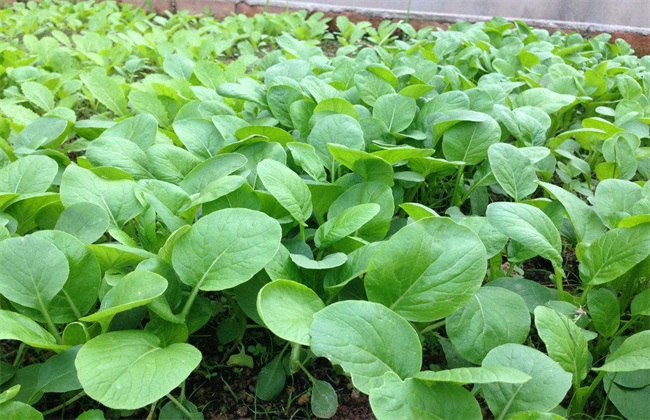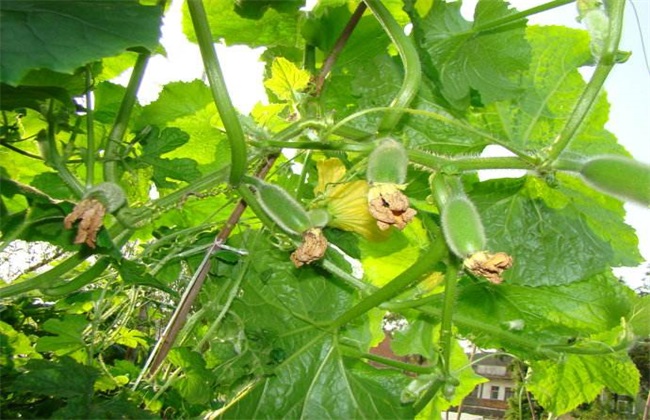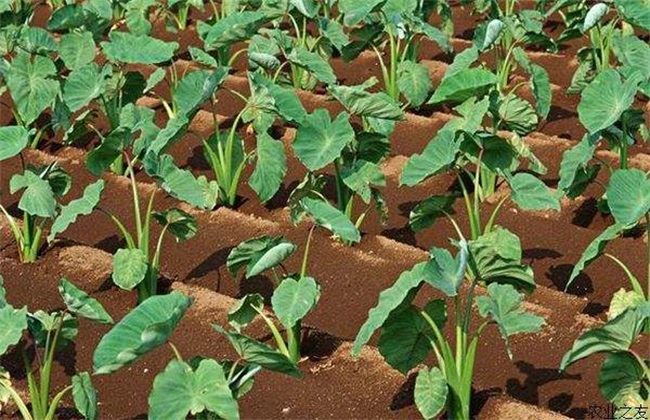How to cultivate pakchoi
Chinese cabbage is called different in different places, some are called green vegetables, and some are called ladybeans. It is a kind of Chinese cabbage. It can be planted in any season except in winter. The vegetables that taste good are the vegetables that people eat every day. Because of the long planting period, short planting time, fast maturity and convenient production, it is loved by the crowd. The process of cultivating pakchoi is not complicated, but if you want to grow it well, let's learn about it now.

1. Planting time
It can be sowed from August to November and sown in spring. When the temperature rises in spring, it can sow more overcast and rainy in spring, prone to quenching disease, and grow faster in summer direct seeding, but there are many weeds and insects, and it is easy to develop downy mildew. In autumn, there are fewer diseases and insects in spring sowing and planting, and the growth time is not long. Can be planted. The winter temperature is too low to plant, so it can be planted in facilities.
2. Land preparation
Choose a piece of soil that is higher than the paddy field to plant, the soil had better be neutral, slightly alkaline soil, must keep the fertilizer and good ventilation, the drainage is convenient, but not too dry, the cabbage root is not deep, the water content is high. The land is used as a border for planting. The width of the border is about 1.2 meters, and the length is determined by the terrain, but it is best not to exceed 5 meters, which is not conducive to drainage.
3. Sowing seeds
Seedlings can be sowed directly on the border, and then the seedlings can be weeded after emergence, and if there is more watering, the soil should be loosened. Seedlings should be transplanted at a height of 8 cm, with a spacing of 8 cm and a row spacing of 10 cm. It looks suitable for planting in the field. When transplanting, the seedlings should be raised lightly, the roots should be hurt less, and the first three days should be watered with light fertilizer and water. Direct seeding on the border surface by digging a small hole to sow seeds, a hole of about 5 seeds, plant spacing of 10 cm, row spacing of 15 cm. Cover peanut shell after sowing, keep warm and moisturizing, and often water.
4. Management
Pakchoi has shallow roots, less distribution, and it is not easy to absorb water, but it needs a lot of water, so it should be watered many times in a small amount. All because the root system is weak, very afraid to hurt the root, so can not accumulate water, can not flood irrigation at one time. Fertilizing can not apply chemical fertilizer at one time too much, fertilization mainly applies farm manure. A small amount of chemical fertilizer, the application of chemical fertilizer does not need to cover the soil, and finally applied with water. Due to the growth period of short topdressing about half a month after the seedling topdressing once, a mu of urea 30 jin.
Cultivation includes specific planting methods as well as careful management during the growing period. Anyway, as long as the operation process is to plant pakchoi to grow well, it is the content of cultivation. So cultivation is a kind of comprehensive planting management. I hope the above can help you all.
Related
- Where is it suitable to grow horseradish in China? it is expected to see the middle altitude horseradish in Alishan.
- How to prevent tomato virus disease reasonably? (Control methods included)
- Many people like to plant towel gourd on the balcony. What are the main points of this method and management?
- What crops can chili peppers be mixed with?
- Fertilization techniques and matters needing attention in Tomato
- What are the grafting techniques for peach seedlings in spring?
- Harm and control methods of root swelling disease of Chinese cabbage
- What are the pests of sweet potatoes? How to prevent and cure it?
- Symptoms, causes and Control methods of navel Rot in Tomato
- The cause of "Cucumber rotten bibcock" in Farmers' planting Cucumber and its Control Plan



